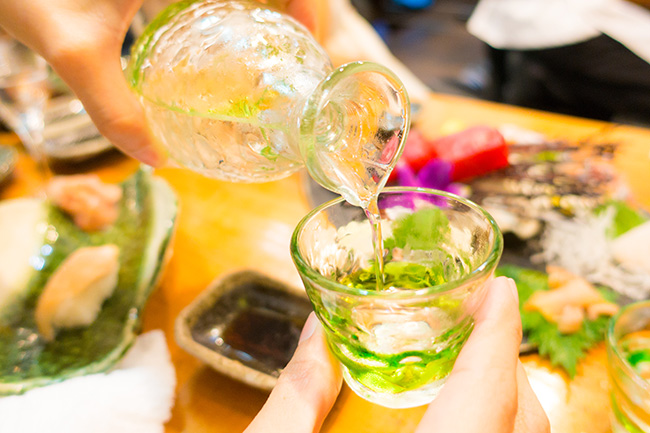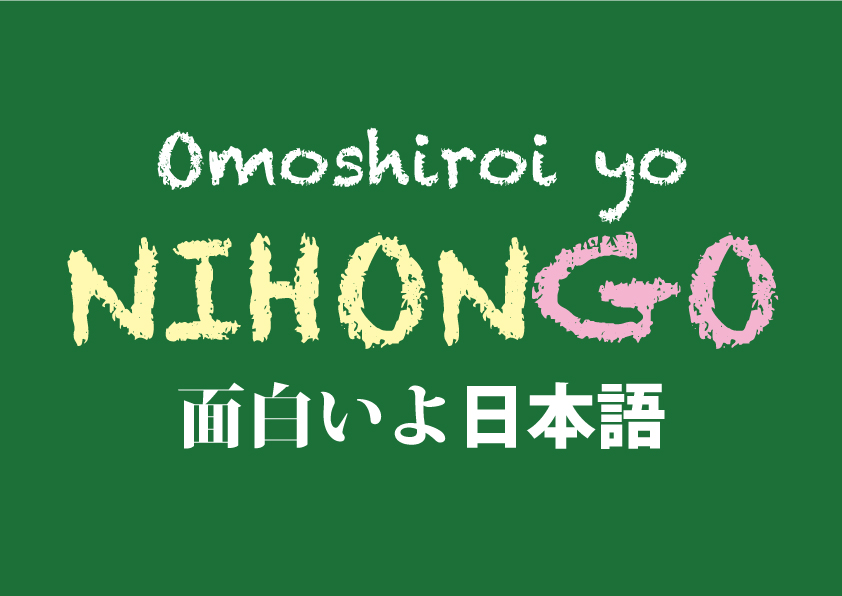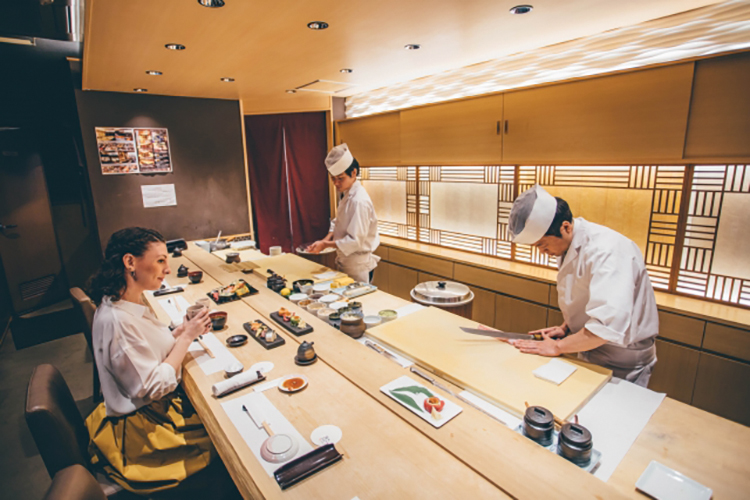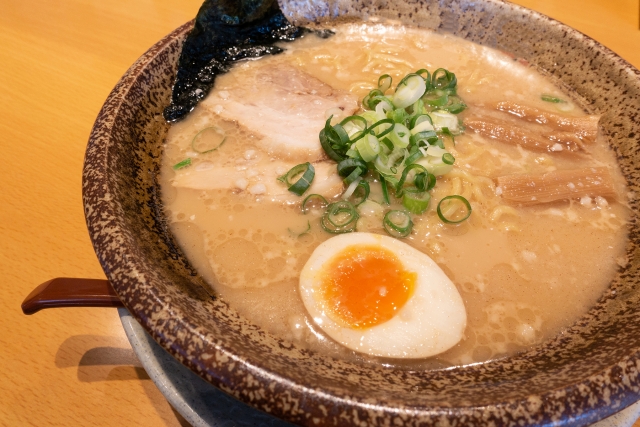
Hello there! This column will include useful Japanese phrases that cover a variety of topics.

Konnichiwa, Mina-san! (Hello, everyone!) My name is Makoto. In the previous issue, Kana.U explained how to talk about places you’ve been to and what you thought of them.
The theme of this column is “Japanese sake”. Some of you might have encountered sake when traveling to Japan and maybe you want to go back to Japan to drink some more good sake. So today, I’ll teach you about how to talk about what sort of sake you like and also about how to drink sake.
Imagine you are asked a question by someone sitting next to you at an izakaya (Japanese-style pub.)
A: Osake wa nani ga suki desu ka?
おさけは なにが すきですか。
(What kind of liquor do you like? )
B: Nihonshu ga suki desu.
にほんしゅが すきです。
( I like Japanese sake. )
Itsumo reishu o nomimasu.
いつも れいしゅを のみます。
( I always drink chilled sake. )
A: Soo desuka.
そうですか。
(Do you?)
B: Watashi wa yoku joo-on de nomimasu.
わたしは よく じょうおんで のみます。
(I often drink sake at room temperature.)
Let me explain three points about the dialogue above. First up: “(o)sake”. When we say “sake” in English, we mean the specific beverage “Japanese sake”. However, in Japanese, “sake” also can just mean “alcohol” in general. So, if you are asked what kind of “o-sake” you like, you could answer with something “biiru to wain ga suki desu.” (“I like beer and wine”), and that would be correct.
Now I’ll explain, “reishu” – which is written as “冷酒” in kanji. I bet some readers who are learning kanji can guess the meaning of this word. The character “冷” also appears in the word “ 冷蔵庫”/“reizooko” (“refrigerator”) and in “冷房”/“reiboo” (“air conditioning”). The word “冷酒” means “chilled sake” or “cold sake”. The flavour and texture of sake changes depending on the serving temperature, so in Japanese the name of the beverage also changes also changes to reflect that. For example “hiya”/ “冷や” (“room temperature”), “nuru-kan”/“ぬる燗” (“moderately warm”), and so on.“Joo-on” is another term used to mean serving sake at room temperature.
Finally, let me explain the grammatical construction “yoku” (“often”) and “itsumo” (“always”) + a verb. These phrases are used to say how frequently something is done.
Personally, I like sake served at room temperature because it compliments dishes, especially during this season which we call “appetite of the autumn”. In the next issue, you will learn how to talk about “sports of the autumn”, another hot topic in UK and Japan now.
Sayoonara, Jaa mata!
さようなら、じゃまた!
(Goodbye, see you!)
Makoto
▶ This page helps you to learn about names for different sake serving temperatures:
https://www.sake-talk.com/sake-servingtemperature-names/
▶ Check out this information on talking about your favourite food and drink:
http://a1.marugotoweb.jp/topic.php?tp=3
▶ ‘Minato’ – learn Japanese and interact with fellow students around the world online.
https://minato-jf.jp/






